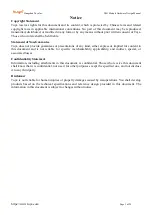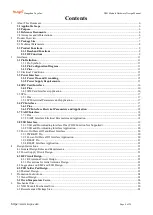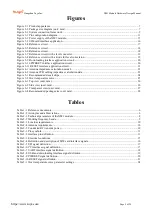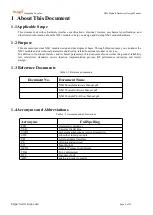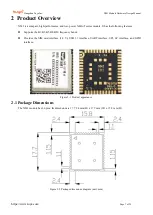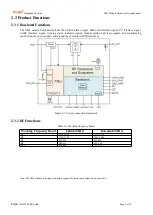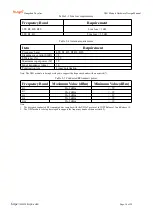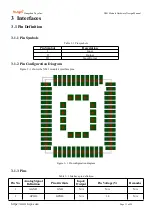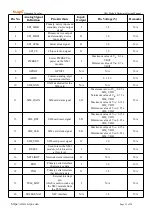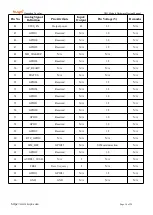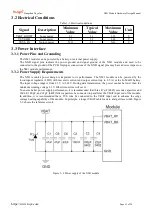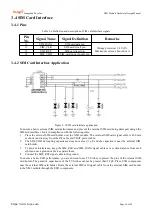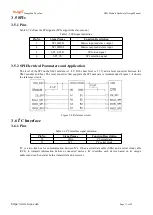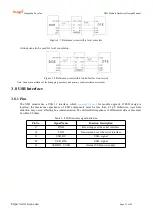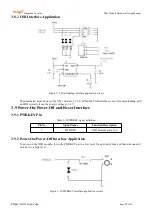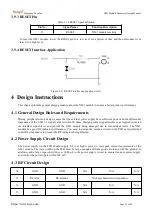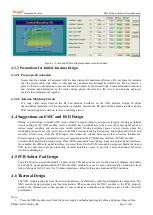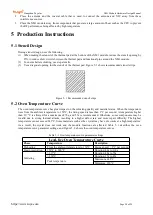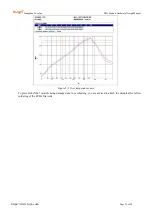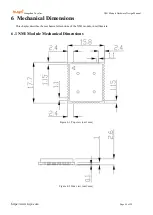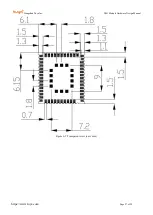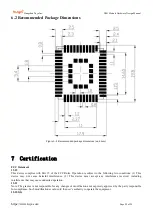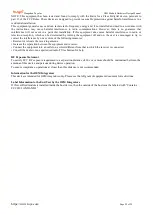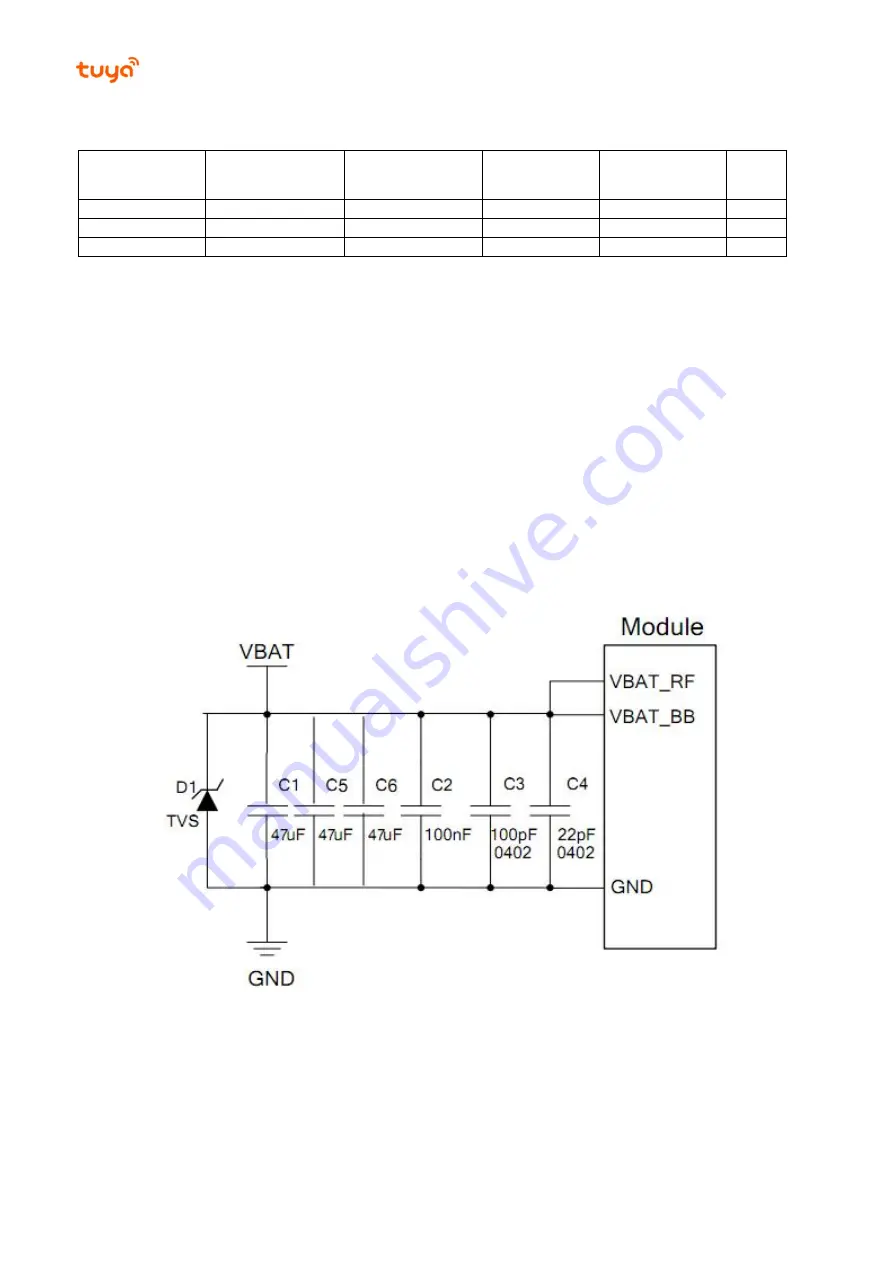
Hangzhou Tuya Inc.
NM1 Module Hardware Design Manual
https://www.tuya.com
Page 15 of 29
3.2 Electrical Conditions
Table 3- 3 Electrical conditions
Signal
Description
Minimum
Value
Typical
Value
Maximum
Value
Unit
VBAT_BOOST
Input power
2.1
3.3
3.63
V
VSYS_BB
Input power
2.1
3.3
3.63
V
VSYS_PA
Output power
N/A
3.3
N/A
V
3.3 Power Interface
3.3.1 Power Pins and Grounding
The NM1 module can be powered by a battery or external power supply.
The GND signal pins indicate the power ground and signal ground of the NM1 module and need to be
connected to the ground of the PCB. Improper connections of the GND signal pins may have adverse impact on
the NM1 module performance.
3.3.2 Power Supply Requirements
The NM1 module's power design is important to its performance. The NM1 module can be powered by the
low-dropout regulator (LDO) with low static current and output current (up to 0.5 A) or the Li-MnO2 battery.
The input voltage range is from 2.1 V to 3.63 V. During data transmission, the power cannot be lower than the
minimum working voltage 2.1 V. Otherwise, errors will occur.
To ensure better power supply performance, it is recommended that three 47 µF (0805) ceramic capacitors and
100 nF, 100 pF, and 22 pF (0402) filter capacitors be connected in parallel at the VBAT input end of the module.
In addition, it is recommended that a TVS tube be connected to the VBAT input end to enhance the surge
voltage bearing capability of the module. In principle, a longer VBAT cable leads to a larger trace width. Figure
3- 2 shows the reference circuit.
Figure 3- 2 Power supply of the NM1 module



